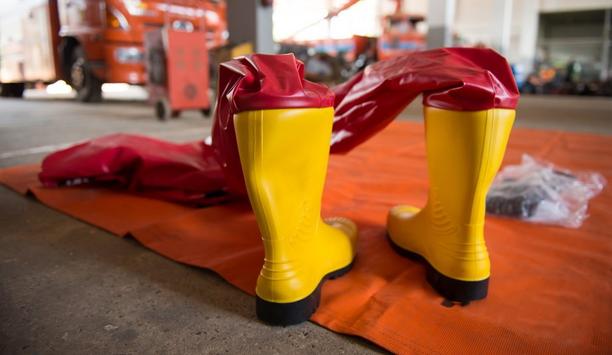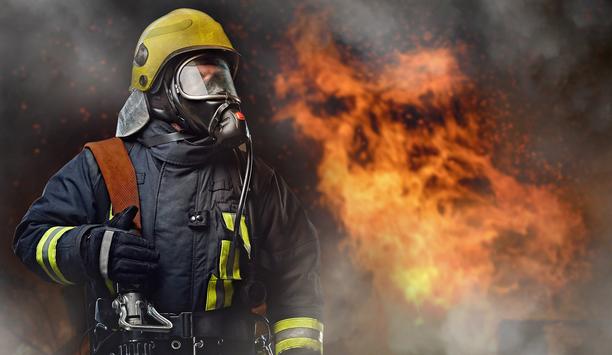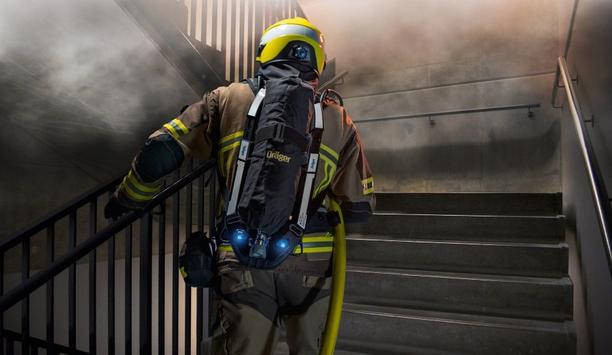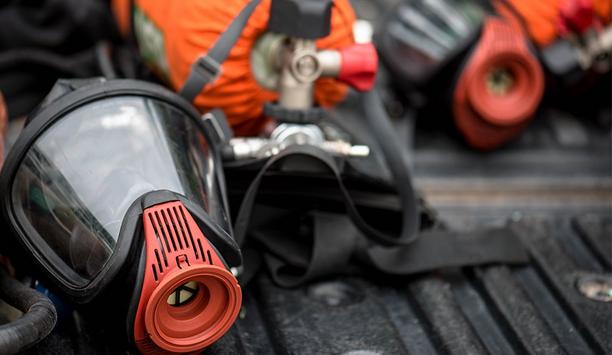Based on a 1961 study at Williamston, MI, conducted by the Michigan State Police, the Indiana University Health and Safety Department, the Michigan Highway Department, and the American Red Cross, it was estimated that approximately 400 persons lose their lives as a result of being trapped in automobiles that have plunged into the water. Most vehicles will only float on the surface of the water from 30 - 60 seconds.
Therefore, it is critical that the occupants make every attempt to bail out of the vehicle immediately once the vehicle enters water with sufficient depth to submerge the vehicle.
great chance of escape
Characteristics of the Submerged Vehicle:
- Vehicles with all windows closed will float longer than those with all windows open, providing a greater chance of escape or rescue.
- Vehicles with engines in front will descend engine first at a steep angle. In water 15′ deep or more, such a vehicle may rest on its top at the end of the descent.
- Doors cannot be opened until water pressure inside the car is equal to that outside. When the vehicle is completely filled, doors can be opened if there is no structural damage.
Escape and Self-Rescue
Wearing a seat belt will increase the chances of occupant’s surviving the initial impact with the water.
- The best escape technique from a vehicle floating on the surface with its wheels downward is through open windows before the water reaches the window level.
- If the car sinks too rapidly for occupants to escape while the vehicle is still on the surface, the occupants should move to the rear passenger compartment to breathe trapped air while planning their escape route.
- Escape can be accomplished by either opening the nearest window, or opening the door when the pressure on the inside is equal to the outside pressure. Another option is to push out the rear window. This can be accomplished by placing both feet against the window and pushing. Also, the rear window is usually of tempered glass which can be broken and disintegrated with a hammer, center punch or similar strong pointed object.
- Water rushing into the vehicle through an open window at the moment the window goes below the surface makes escape through that window extremely difficult. Occupants should wait until the water in the car is above the upper level of window which will occur rapidly once the vehicle begins to submerge.
Rescue from Outside the Vehicle
- If the car is floating on the surface with all the windows closed, the best way for the rescuer to enter is through a window. Rear window entry probably offers the best opportunity. A hammer or center punch can be used to break tempered glass.
- Rescuers trying to enter the vehicle through open windows must be aware of the suction through the windows while the car is filling as the windows disappear below the surface.
developed as a result of study
In addition to the above recommendations which were developed as a result of the Michigan study, the following is information that we advocate to the public as well as the Water Rescue Technician students:
- It only takes approximately 6 inches of water to float a small vehicle enough that the driver will lose total control. Anytime high water signage is posted, these signs need to be heeded by the public and avoided whenever possible. Larger size vehicles will float in as little as 2 feet of water.
- Before a vehicle is driven over ice, there should be at least 7 1/2 to 8 inches of solid ice in order to support a small car. However, even with 7 1/2 to 8 inches, pressure ridges can fracture and weaken ice. Schools of milling fish can also send warmer bottom water toward the surface, which will contribute to weak ice. Other factors include currents beneath the ice, pipes running from houses, etc.
- During a moving water incident (i.e. flash floods), once the car begins to float, as soon as two wheels off the road surface, the driver will lose all control over the vehicle.
Personal Flotation Devices
Rescue personnel must be equipped with seat belt cutters and window punches to create rapid entry
A major concern which also needs to be considered is that many late model vehicles now have electric windows. During a submersion incident, it is unlikely that these windows will be able to be opened. Therefore, the only escape route would be (A) by opening the doors once the vehicle is pressurized under the surface, (B) by kicking out the back window, or (C) by punching out the side windows.
It is recommended that all Public Safety and Rescue organizations have the capability to rapidly rescue the occupants of a submerged vehicle. This would entail providing the training necessary to their personnel, and equipping their personnel with Cold Water/Ice Rescue Suits or DrySuits, Personal Flotation Devices (PFD’s), Water Rescue Helmets and Gloves, etc.
In addition, rescue personnel must be equipped with seat belt cutters and window punches in order to create a rapid entry into the submerged vehicle and to extricate the occupants.






